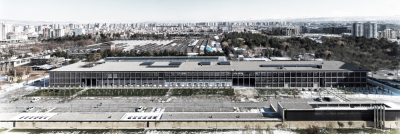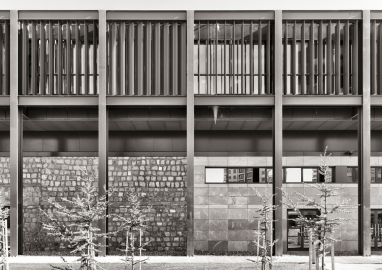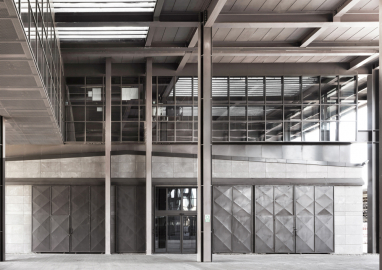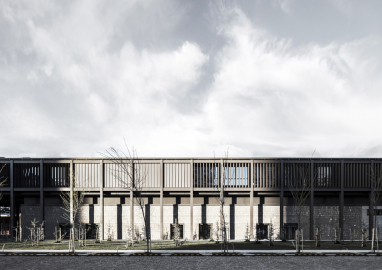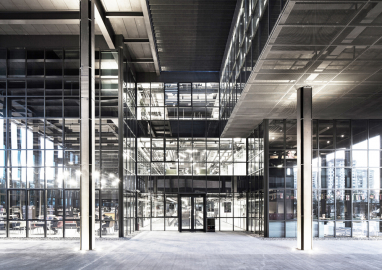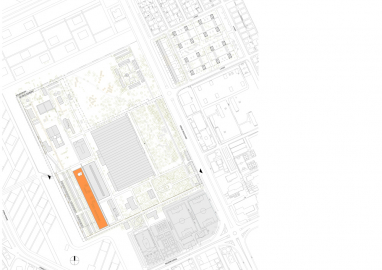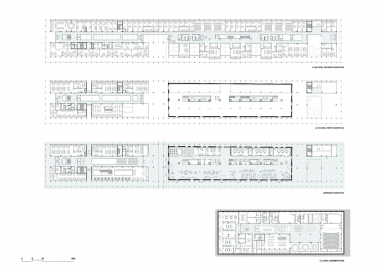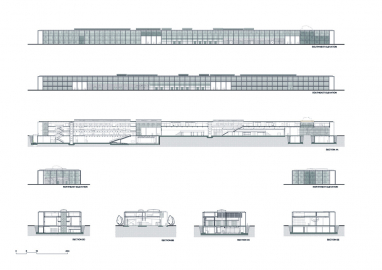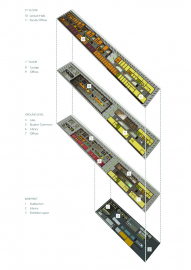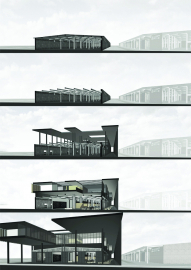Abdullah Gül University Sümer Campus
Main motivation of AGU City Campus Project was to restore the architectural and social qualities of Sumerbank Textile Factory Complex that had been one of the important symbols of the industrialization and modernization move of the Republican period in Turkey, to once again welcome people and provide spaces that the city has been lacking for long time.
The Factory Complex was built in 1933 by a group of Russian architects led by Ivan Nikolaev in Kayseri. After its shut-down in 1999, the industrial complex, consisting of the buildings which are unique examples of Russian Constructivism, has been left abandoned just in the city until its consignation to Abdullah Gul University to be transformed into a new campus with educational and administrative facilities.
The masterplan aimed at opening this complex to public, just as it once acted as a main generator for the city in both economic and social ways, thus having a huge impact in urban memory and locate AGU as an innovation center for industry, culture and activity center for the social life, and intellectual center for academic activity of the city.
Transformation of the existing buildings was driven by the approach which is aiming not to alienate them by regarding untouchable nor to over-intervene and damage the existing character. Thus, the buildings were functionalized as they can sustain their existing qualities and be enhanced with additions or removals.
Being the first completed building of the campus and upon the need of an educational and administrative building; instead of designing a brand-new structure, the existing small warehouse was converted into a facility that will house the program while sustaining the aura of former factory. The arcade of the existing large warehouse was considered as a generative element and the small warehouse, which had been a more recent addition to the complex, was transformed by the removal of its roof, keeping its reinforced concrete structure and introducing a new structure above that accommodates the new functions and behaves as a canopy for the space below. The arcade along the façade that faces the center of the campus mirrors and multiplies the warehouse across.
The new structure introduced above the existing reinforced concrete warehouse was designed as a steel structure that continues existing industrial aura of the complex and provides ease and speed in construction by decreasing the risks of any harm to the existing structures. The regular order of the structure is the reflection of an industrialized way of design that also is observed at the existing buildings. The only articulation in the linear and continuous enclosure of the building is created in order to keep existing trees at their locations. The additional space created as the continuation of the existing warehouse is also enclosed by stone clad walls, but this time as cut-to-size panels as opposed to the existing traditional stonework. By this move, the contemporary use of the material is used to define the new addition rather than imitating the existing one but hence conserving the materiality in being. The structure above is enclosed with glass and perforated metal panels as a light canopy sitting on and protecting the stone base. As a part of the general approach, the interiors follow the industrial aura by exposing all steel structure and piping.

